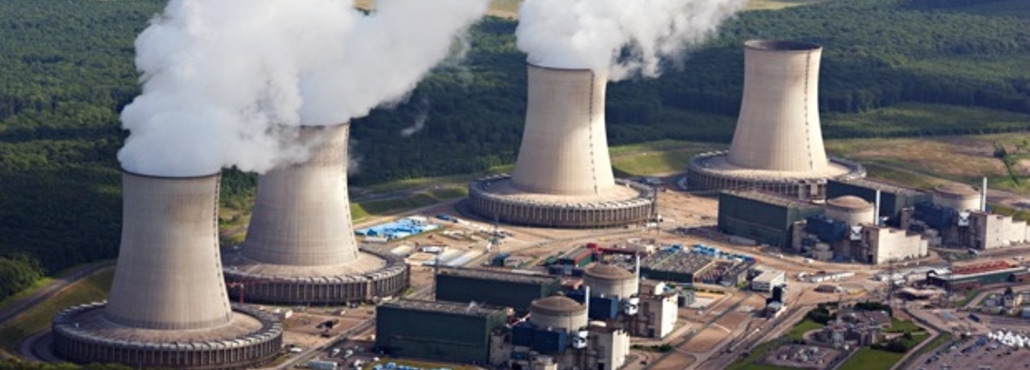|
Last year's solar deployment numbers just came in and they are, in a word, phenomenal. Utilities bought more new solar capacity than they did natural gas capacity: an astounding 22 states added more than 100 MW of solar each. ECOWATCH — At the same time, there is grim news about delays in construction and associated cost overruns for nuclear plant construction projects in Georgia and South Carolina. SCANA—owner of South Carolina Electric & Gas and sponsor of the VC Summer Nuclear Project—has just reported new delays in the in-service dates of its new reactors to 2020. Construction started more than 7 years ago, with energy deliveries promised to begin in 2016.
Past hopes for a "renaissance" in nuclear power in the U.S., with four to eight new nuclear plant facilities projected to come online in America between 2016 and 2018, have been overwhelmed by competition. Union of Concerned Scientists predicted this trend in costs many times. Great Solar News Meanwhile, there is much to say about the solar boom. Just ask one of your 1,300,000 neighbors who have solar on their property. To put these achievements in perspective, let's talk about solar jobs and productivity. The solar industry employs more than 260,000 people in the U.S. The continuous improvement in know-how in construction techniques and in manufacturing drives down solar deployment costs every three months. The pricing for new solar projects is coming in the range of 4 cents (Texas) to 5 cents (California) per kilowatt hour. In comparison with nuclear, the amount of solar power built in 2016, taking into account how many hours each can operate each day, is the equivalent of more than three new nuclear plants. To dive in a little deeper: let's use a 25 percent capacity factor for new solar, making the 14,626 MW installed equivalent to 3,650 MW of theoretically perfectly running nuclear plants. The Westinghouse AP 1000 units under construction for the last seven to 10 years produce about 1,100 MW. So, in one year, solar additions were equal to what takes more than seven years to build. The difference in speed of deployment is why Union of Concerned Scientists is clear that nuclear power isn't a near-term climate solution. The Demise of the Nuclear Option In the energy business, nuclear is fading fast. Struggles to keep existing plants open in competitive markets are roiling the electricity markets. But the recent news about the very few manufacturing firms supplying nuclear construction illustrates how very different the nuclear industry is from solar. Cost over-runs in the U.S. plants are so large that when state regulators finally put a cap on what South Carolina and Georgia consumers would pay, manufacturer Toshiba (owner of Westinghouse) found itself with $6 billion in losses and the likely end of its business in nuclear power plant construction. The concentration of nuclear component manufacturing in so few companies has shown how a problem with quality led to a "single point of failure" plaguing the fleet of French nuclear plants. Policy in the U.S. has been to shield the utility companies from the risks of their business decisions to construct nuclear plants, continuing with the Vogtle plant in Georgia. Would We Ever Go 100% Solar? Would we ever build only solar? Maybe, but that's not the right question. "What can we do with lots of solar?" is a better one. We can keep absorbing the solar pattern of production with the tools we have. We can plan to adjust to cheap energy in the middle of the day with time-varying rates. And if we can get energy storage further along, we can get to the end of this debate.
0 Comments
Leave a Reply. |
James Ramos,BPII'm your go to solar energy expert here to guide you step-by-step through all of your solar options. Categories |
James The Solar Energy Expert

 RSS Feed
RSS Feed
